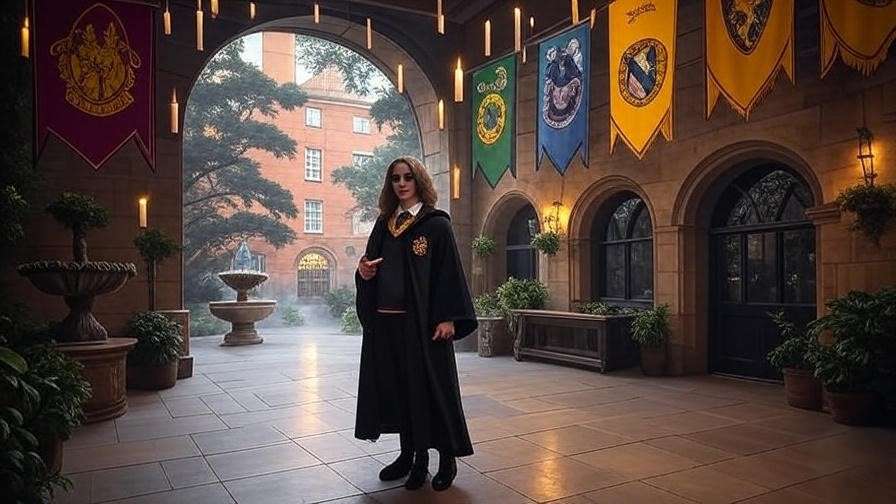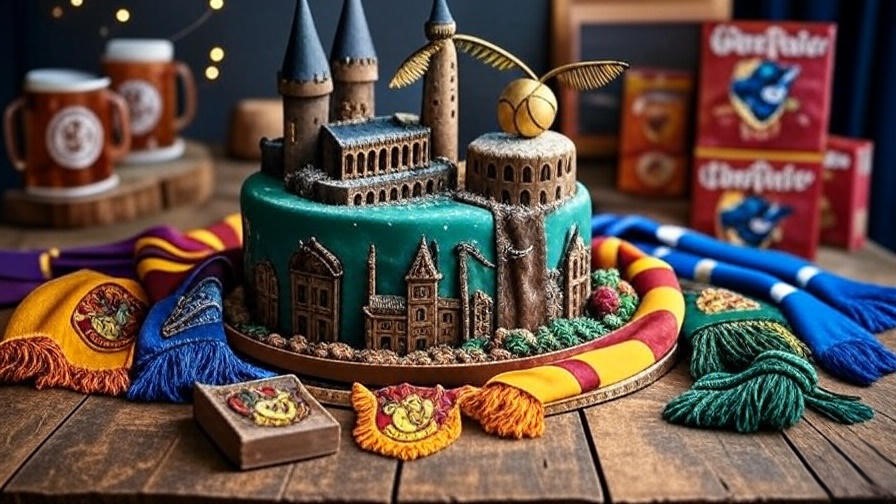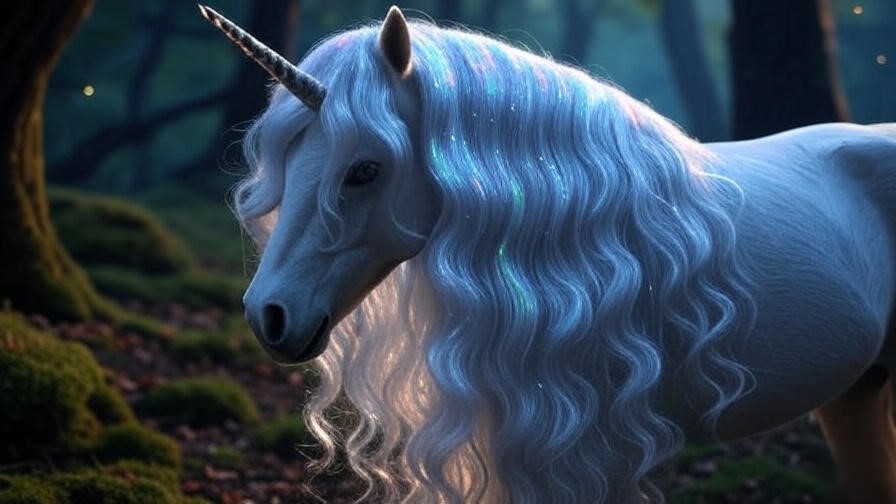Imagine standing in the dimly lit, dusty confines of Ollivanders Wand Shop, the air thick with anticipation as a wand chooses its wizard. Among the countless boxes lining the shelves, one wand crafted from caoba in Harry Potter catches your eye, its rich, reddish-brown grain shimmering with untold potential. For fans of J.K. Rowling’s wizarding world, caoba—known as mahogany in the Muggle realm—holds a special allure in wandlore. But what makes this wood so captivating, and why does it matter in the Harry Potter universe? This article dives deep into the magic of caoba, exploring its properties, cultural significance, and role in the series, offering fans a comprehensive guide to understanding this enchanting wand wood. Drawing from Rowling’s writings, Wizarding World insights, and fan community expertise, we’ll uncover why caoba is more than just a material—it’s a symbol of strength, individuality, and magical legacy.
What is Caoba and Why Does It Matter in Harry Potter?
Defining Caoba in the Wizarding World
Caoba, the Spanish term for mahogany, is a wand wood that embodies elegance and power in J.K. Rowling’s Harry Potter series. Described in expanded wandlore on Wizarding World (formerly Pottermore), caoba is prized for its durability and rich aesthetic, qualities that translate into its magical applications. Unlike common wand woods like oak or ash, caoba’s rarity sets it apart, making it a choice for wizards with distinctive traits. In the real world, mahogany is a hardwood native to Central and South America, revered for its fine grain and use in high-end furniture and musical instruments. In the wizarding world, these qualities elevate caoba to a status of prestige, suggesting a wand wood that resonates with wizards of ambition and resilience.
The Importance of Wand Woods in Harry Potter
Wandlore is a cornerstone of the Harry Potter series, with each wand’s wood and core reflecting the personality and destiny of its wielder. As Garrick Ollivander, the renowned wandmaker, famously said in Harry Potter and the Philosopher’s Stone, “The wand chooses the wizard.” Wand woods like caoba, holly, or yew are not mere materials but extensions of a wizard’s identity. Caoba’s unique properties—its strength, versatility, and subtle warmth—suggest it pairs well with wizards who exhibit determination and creativity. Unlike Harry’s holly wand, which symbolizes protection and triumph, or Voldemort’s yew, tied to power and mortality, caoba offers a balanced yet potent profile, making it a fascinating subject for fans eager to explore wandmaking’s intricacies.
The Magical Properties of Caoba Wands
Characteristics of Caoba in Wandmaking
Caoba wands are celebrated for their robustness and adaptability, qualities that make them ideal for a wide range of magical disciplines. According to Wizarding World, caoba wands are known for their ability to channel powerful spells with precision, particularly in charms and transfiguration. Their strength suggests they suit wizards with a strong sense of purpose, while their warm aesthetic hints at an affinity for creative or expressive magic. Fans speculate that caoba’s natural resonance enhances spells requiring finesse, such as intricate enchantments or defensive charms. This versatility makes caoba wands a favorite among wandmakers like Ollivander, who value woods that balance power with subtlety.
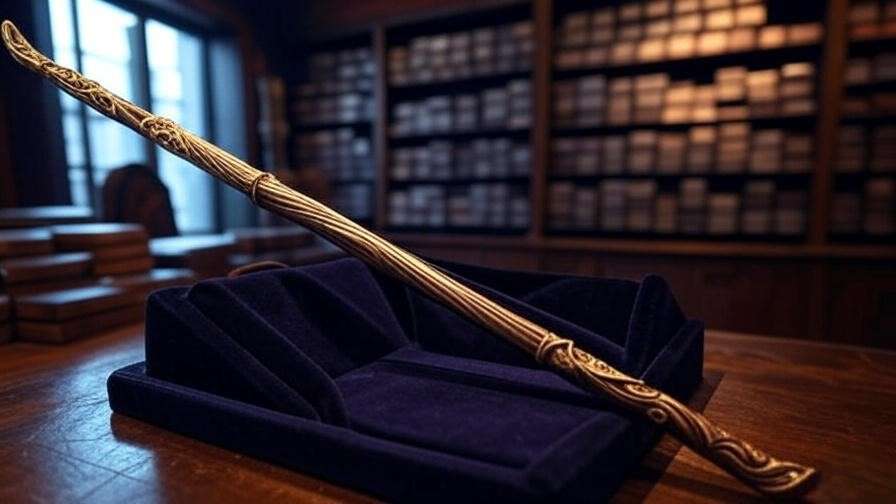
Comparing Caoba to Other Wand Woods
To understand caoba’s unique place in wandlore, let’s compare it to other prominent wand woods:
| Wand Wood | Key Traits | Typical Wielder | Magical Affinity |
|---|---|---|---|
| Caoba (Mahogany) | Strong, versatile, warm | Ambitious, creative wizards | Charms, transfiguration |
| Holly | Protective, loyal | Selfless, heroic wizards (e.g., Harry Potter) | Defense, healing |
| Yew | Powerful, intense | Ambitious, often dark wizards (e.g., Voldemort) | Dark arts, dueling |
| Elder | Rare, temperamental | Exceptional, destined wizards | High-risk, high-reward magic |
This comparison, grounded in Rowling’s wandlore, highlights caoba’s balanced nature, making it a compelling choice for wizards who blend strength with artistry. Unlike the volatile elder wand, caoba offers reliability, appealing to fans who value consistency in their magical tools.
Expert Insight
As noted by MuggleNet’s wandlore analysis, caoba’s rarity in the Harry Potter series underscores its exclusivity, suggesting it’s a wood reserved for wizards with unique destinies. This aligns with Rowling’s emphasis on wand woods as reflections of character, reinforcing caoba’s appeal to fans who see themselves as distinctive yet grounded.
Caoba’s Role in the Harry Potter Series
Notable Characters with Caoba Wands
While J.K. Rowling’s texts don’t explicitly assign caoba wands to major characters, the wood’s properties allow for informed speculation. For instance, Sirius Black’s bold and resilient nature could align with caoba’s strength, making it a plausible fit for his wand. Similarly, Hermione Granger’s precision and creativity in spellwork might resonate with caoba’s versatility. Without canonical examples, fans can explore caoba’s potential through characters whose traits match its profile—those who balance power with a touch of elegance, such as Remus Lupin or Minerva McGonagall.
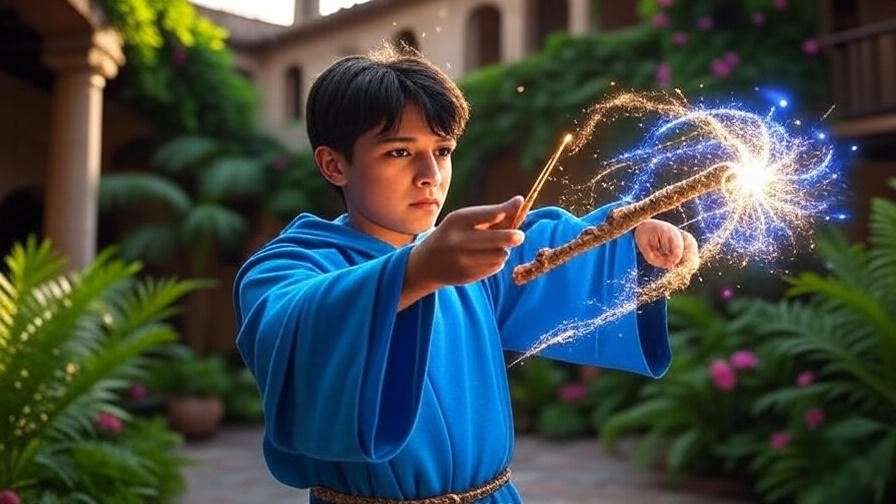
Caoba in Key Story Moments
Caoba’s absence from explicit mentions in the series doesn’t diminish its potential impact. Imagine a duel in Harry Potter and the Order of the Phoenix where a caoba wand’s precision enhances a defensive charm, turning the tide against a Death Eater’s attack. Its strength could shine in transfiguration-heavy scenes, like McGonagall’s classroom, where a caoba wand might excel in animating objects with finesse. By connecting caoba’s properties to pivotal moments, fans can envision its role in the series, deepening their appreciation of wandlore’s narrative significance.
Tip for Fans
Wondering if a caoba wand would choose you? Reflect on your own traits—do you combine ambition with creativity, or resilience with precision? Visit Wizarding World’s wand quiz to discover your wand wood and see if caoba’s magic aligns with your wizarding identity.
The Cultural and Historical Significance of Caoba
Mahogany in the Real World
Mahogany, or caoba, has a storied history in the Muggle world, valued for its durability and beauty. Native to regions like Mexico, Brazil, and the Caribbean, mahogany has been used for centuries in furniture, shipbuilding, and musical instruments like guitars. Its rich, reddish hue and fine grain make it a symbol of craftsmanship, a quality that translates into its wizarding counterpart. In the Harry Potter universe, caoba’s real-world prestige likely influences its status as a premium wand wood, appealing to wandmakers seeking materials with both aesthetic and functional excellence.

Caoba in Wizarding Culture
Caoba’s Central and South American origins suggest a connection to magical traditions in those regions. While Rowling’s world-building focuses primarily on British wizardry, her references to global magical communities—like the Brazilian Castelobruxo school—hint at caoba’s prominence in Latin American wandmaking. A caoba wand might be a prized possession among South American wizards, its rarity reflecting the region’s rich magical heritage. Ollivander, known for his discerning taste, likely sources caoba for its unique properties, making it a bridge between Muggle craftsmanship and wizarding artistry.
Example: A Caoba Wand in Action
Picture a young wizard at Castelobruxo, wielding a caoba wand during a magical duel. The wand’s strength amplifies their Protego charm, creating a shimmering shield that deflects a rival’s spell. This fictional scenario, inspired by Rowling’s world, illustrates caoba’s potential to shine in high-stakes magic, engaging fans with a vivid glimpse into its power.
How Caoba Enhances Wandlore’s Mystique
The Symbolism of Caoba in Harry Potter
Caoba’s rich, reddish-brown hue and robust nature carry deep symbolic weight in the Harry Potter universe, aligning with themes of strength, individuality, and legacy. In wandlore, a caoba wand might represent a wizard’s ability to stand firm in the face of adversity while maintaining a spark of creativity. This mirrors broader series themes, such as Harry’s resilience against Voldemort or Hermione’s innovative spellwork. Caoba’s rarity also evokes a sense of exclusivity, suggesting that its wielders are destined for unique paths, much like the Chosen One himself. For fans, caoba’s symbolism adds depth to wandlore, inviting reflection on how their own qualities might align with this distinguished wood.
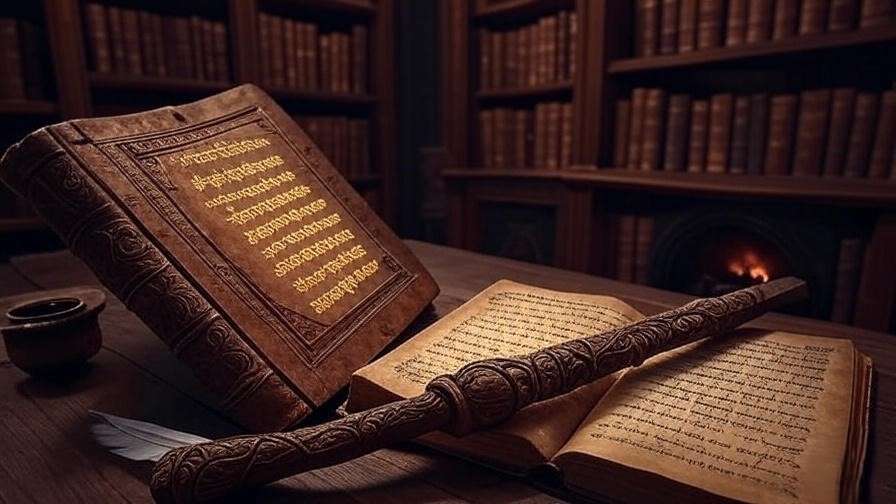
Why Fans Are Fascinated by Wandlore
Wandlore captivates Harry Potter fans because it offers a personal connection to the wizarding world. Platforms like Wizarding World have fueled this fascination with interactive wand quizzes that match users to woods like caoba, holly, or cedar based on personality traits. Fan communities on sites like Reddit and The Leaky Cauldron frequently debate wand wood properties, with caoba often praised for its balanced yet powerful profile. This enthusiasm stems from Rowling’s meticulous world-building, which transforms wands into extensions of identity. Caoba’s allure lies in its rarity and versatility, making it a focal point for fans eager to explore ۟explore their magical personas.
Engagement Element: Curious about your own wand wood? Take the Wizarding World wand quiz to discover if caoba suits you, and share your results in our blog’s comment section to join the fan discussion!
Practical Applications for Fans: Bringing Caoba to Life
Collecting Caoba Wands
For fans eager to own a piece of caoba’s magic, authentic wand replicas are available from reputable sources like The Noble Collection or Universal Studios’ Wizarding World of Harry Potter. Look for high-quality caoba wands with detailed craftsmanship to ensure authenticity—avoid cheap knockoffs that lack the wood’s characteristic sheen. Prices typically range from $30 to $50 for official replicas, offering fans a tangible connection to the wizarding world. Always check for official licensing to guarantee quality, as substandard replicas dilute the magical experience.
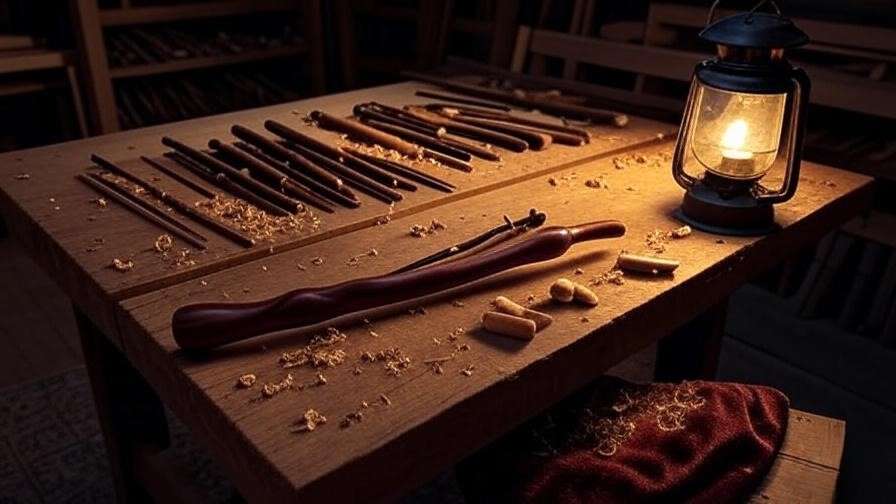
Incorporating Caoba into Fan Creations
Caoba’s elegant aesthetic inspires creativity across fan activities. In cosplay, a caoba wand can elevate a character portrayal—pair it with a Hogwarts robe for authenticity. For fanfiction writers, imagine a scene where a caoba wand channels a powerful spell, like a perfectly executed Lumos Maxima, reflecting its precision. Fan artists can depict caoba wands with intricate carvings, emphasizing their rich grain. These creations not only celebrate caoba’s mystique but also foster community engagement through shared passion.
Tip: Create a DIY caoba wand display by staining a wooden dowel with mahogany-toned varnish, adding decorative etchings, and mounting it on a velvet-lined stand. Display it alongside your Harry Potter books for a magical touch to your collection.
Common Questions About Caoba in Harry Potter
FAQs
What makes caoba different from other wand woods?
Caoba, or mahogany, stands out for its strength and versatility, excelling in charms and transfiguration compared to woods like holly (defensive) or yew (intense). Its balanced nature suits wizards with creative and resilient traits.
Are there any famous caoba wands in the series?
While no major characters are explicitly linked to caoba wands, their properties align with wizards like Sirius Black or Minerva McGonagall, who embody strength and elegance.
Can I get a caoba wand at Wizarding World?
Official caoba wand replicas are available at Universal Studios’ Wizarding World shops or online through licensed retailers. Check for authenticity to ensure quality craftsmanship.
How does caoba affect spell performance?
Caoba wands enhance precision and power, particularly in complex spells like transfiguration, making them ideal for wizards who value control and creativity.
Caoba in Harry Potter represents more than a wand wood—it’s a symbol of strength, creativity, and magical legacy. From its robust properties to its cultural significance in the wizarding world, caoba captivates fans with its rarity and versatility. Whether you’re exploring wandlore through quizzes, collecting replicas, or creating fan art, caoba offers a unique connection to the Harry Potter universe. Dive deeper into wandlore on Wizarding World, share your thoughts in our comments, or join the fan debate on X: Which character deserves a caoba wand? Your magical journey starts here.






